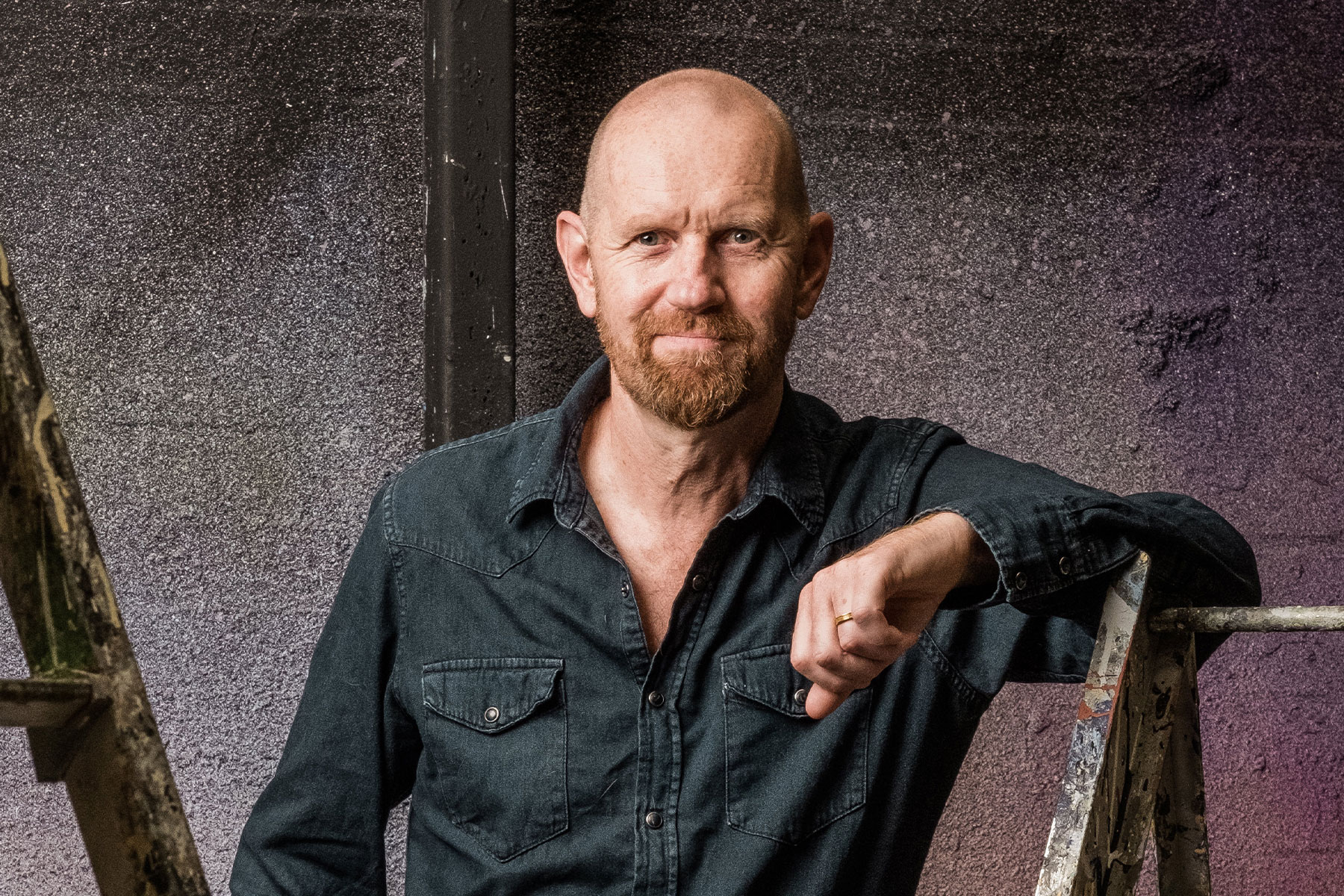Dido & Aeneas/Aeneas in Hell (Cambridge)
Anglia Opera, now based in the Music & Performing Arts faculty on the Cambridge campus of Anglia Ruskin University, has manufactured an interesting double-bill for its first full-scale production since 2005. Then it was Britten’s Paul Bunyan]. This time around Purcell’s Dido and Aeneas is married to a confection by Paul Griffiths using excerpts from Dryden’s translation of The Aeneid and lesser-known stage music by Purcell to create Aeneas in Hell.
In this sequel, the wraith of Dido (Marina Caragianni) is silent, as is Hugo Hymas’ Aeneas. There’s a great deal going on in Hades, not all of which is clarified by Simon Bell’s production, though John Clarke’s setting of translucent moveable obelisks supporting an array of projected images is effective.
Paul Jackson conducts a large chorus and some intelligent singing from the principals, notably Caragianni – intensely moving in “Ah! Belinda” and “When I am laid in earth” . Alexander Ledsham (Misenus), Theodora Burrows (Belinda), [Louise Byrom as the sorceress and Emily Bruce doubling the sailor in Dido










